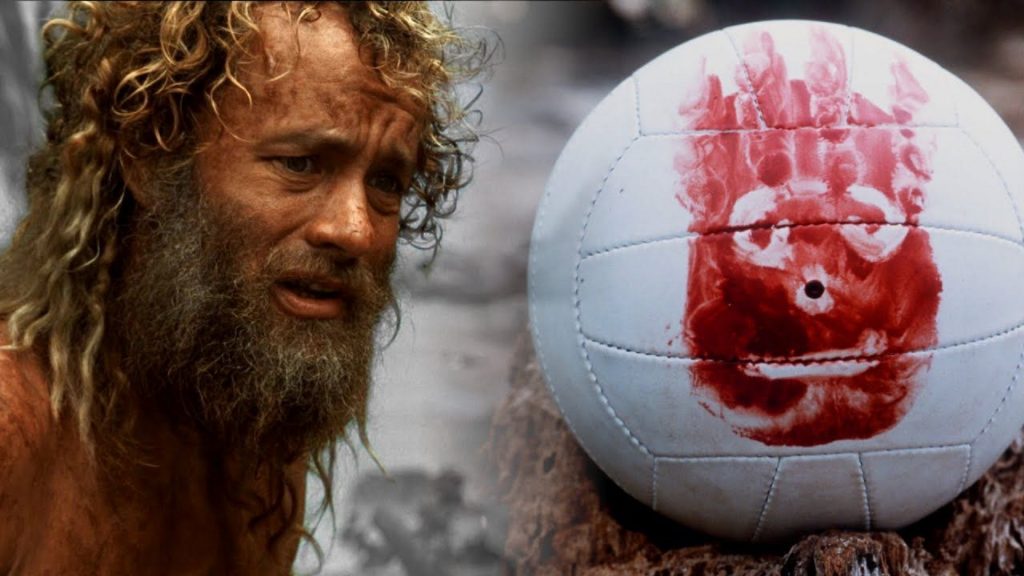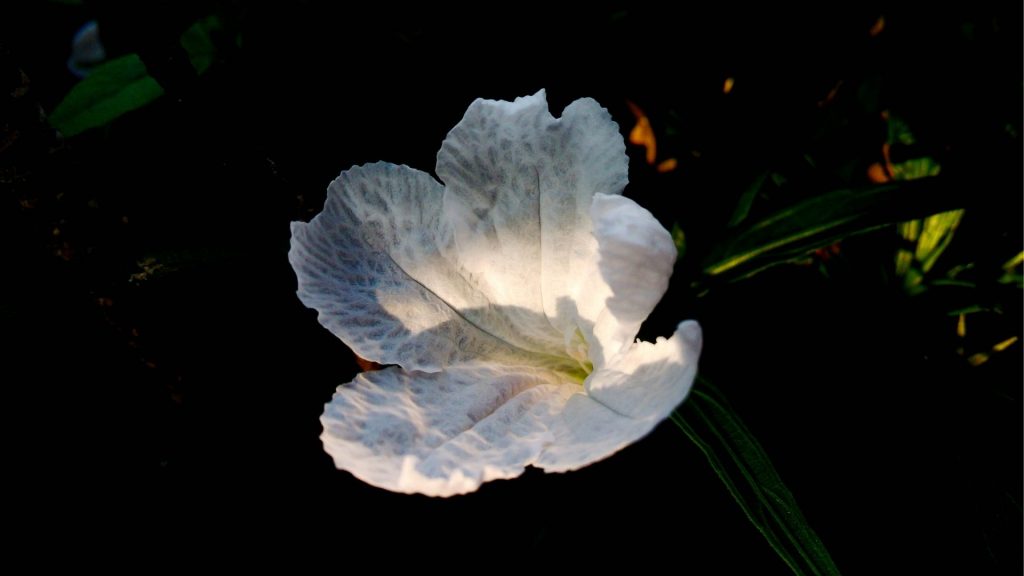Is our self-image an illusion?

Due to the pandemic, many people working in the air travelling industry, such as flight attendants and pilots, lost their jobs. It is inspiring that some of them thinking out of the box and changed their career path with creativity and positivity. For instance, a Hongkong pilot obtained a license of bus driving speedily and got a job as a bus driver after losing his job. His flexibility inspires us that we do not have to constraint ourselves in a framework of a fixed self-image. The good news is, after being a bus driver for months, the pilot obtained a job as a pilot again recently. As human being, it is easy for us to label and categorize with our left brain, so that we can have a more concrete view of who we are. However, the question is, is our self-image an illusion?
Can you read this sentence?
“It is siltl unerctian taht wehn the pdnameic wlil be stetled”.
Most of us are able to read this sentence without great difficulty. Our brain is designed for great pattern-recognition in our perception. We are so good at recognizing patterns of things and ourselves. In many cases, our brain also makes us to see patterns that are actually not there and create our own stories. For example, when I bumped into a friend in the street on my way to work in a morning, she did not say hi to me when I tried to wave at her. If I were a worry-prone person, I might start to create story that I might have offended her last month in a message that I had sent to her. I might worry that she might feel angry at me and wanted to cut me off as a friend. As my brain is good at pattern-recognition, so I automatically try to see if there is any pattern in my relationship with this friend. However, this pattern might actually not exist. In fact, my friend might just preoccupy with her coming meeting at work in that morning and did not see me waving at her. As a result, this great pattern-recognition capacity sometimes may cause us to suffer from all sorts of negative emotions, such as anxiety and depression.
From the perspective of many different schools of Eastern thought, it is likely that the “self” that we perceive is an illusion or only from our own inferences. We tended to create a self-image basing on our own perception with our pattern-recognition tendency in our brain. For example, if we are kind to others in many circumstances, we see our personality pattern and label ourselves as a kind person. However, when we are unkind to a particular person, we feel our fixed self-image being threatened. As a result, we feel shameful at our unkindness towards a person and criticize ourselves harshly. It is possible that this person is very nasty to us and it is unreasonable if we still treat him or her kindly. Another example is we always define oursevles for what we are different from others, such as we are smarter, more successful, or less smart , and less successful. In this way, we may fall into a trap of never being satisfied by our comparison with others. We are being trapped in the “self” that we created without seeing who we really are.
So what can we do to step out of this illusion of “self”? We need to learn to see ourselves less with our thoughts or perception of ourselves. We try to see our pattern-recogntion tendency just as an event in our brain, rather than as a fact with definite truth. By this way, we see our “self” in the context rather than as a fixed entity. For instance, we can be kind or unkind depending on different situations. Without a rigid self-image, we can be more flexible in seeing ourselves and create more possibilities in our lives. In fact, there is definitely a “self”. We do exist. It is only that our “self” may not be that fixed. In the face of the pandemic and all the possible uncertainties in our lives, being more flexible in terms of self-image can help us to enhance our resilience and create more new opportunities for ourselves.



